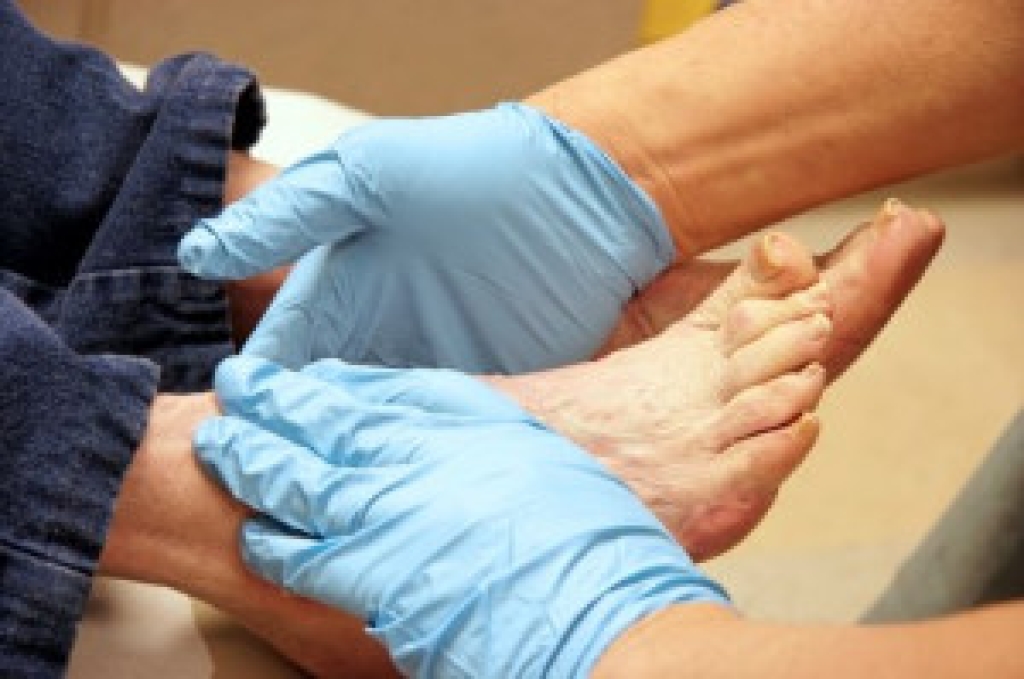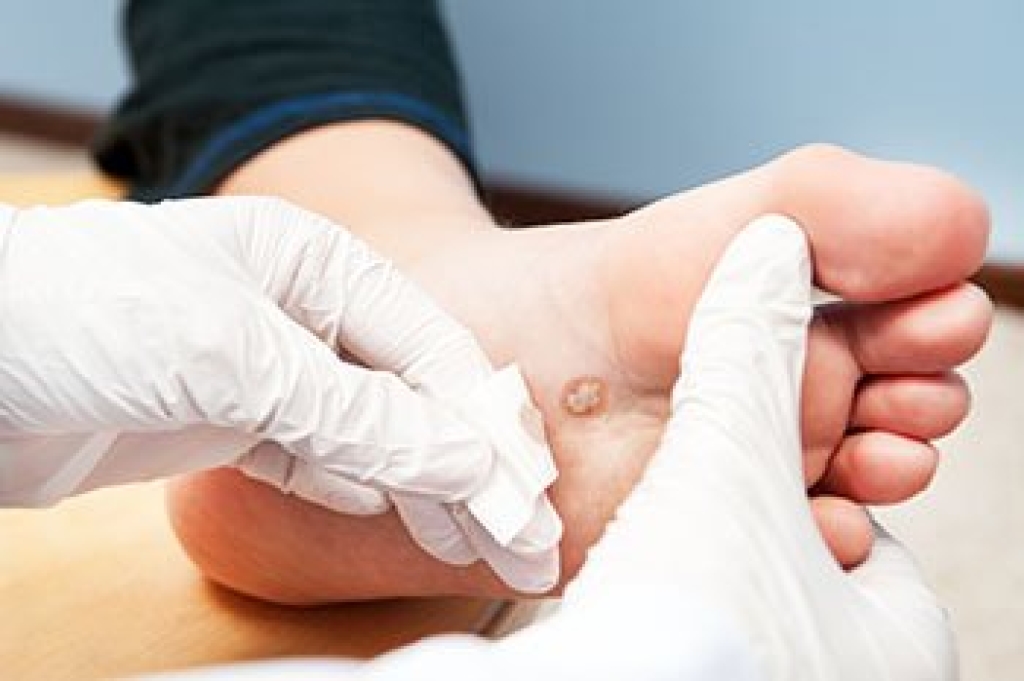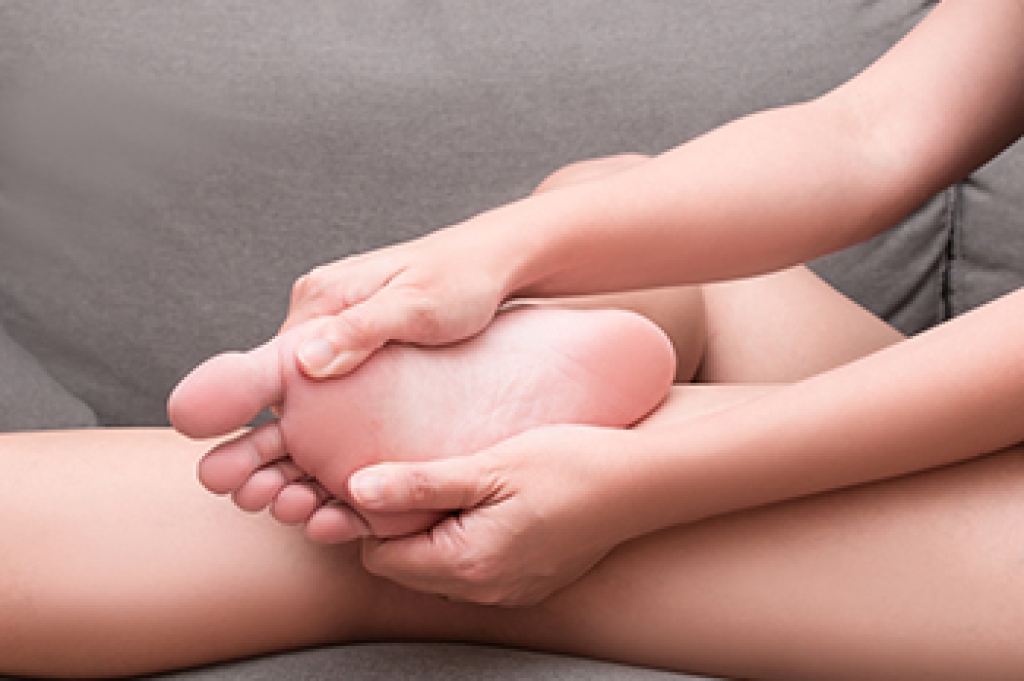Diabetes can affect the flow of blood to the foot and ankles which can cause a variety of serious foot problems. If you are a caretaker for a person with diabetes, it’s critical to take care of their feet to avoid complications, which can worsen and lead to limb loss or worse in severe cases. You’ll need to visually and physically inspect their feet daily, looking for any breaks or pressure points in the skin where a sore may develop. Do not allow the person to walk barefoot, and be careful not to expose their feet to extreme hot or cold temperatures, especially if neuropathy has caused a loss of sensitivity. Their feet should be kept clean and dry, especially between the toes. Toenails should be trimmed straight across and not too short, which could encourage the nail to grow into the skin. If they have a corn, callus or wart, schedule an appointment with a podiatrist for proper treatment. In fact, regular visits with a podiatrist are suggested as part of maintaining the diabetic’s overall foot health.
Diabetic foot care is important in preventing foot ailments such as ulcers. If you are suffering from diabetes or have any other concerns about your feet, contact Paul Potach, DPM from Illinois . Our practitioner can provide the care you need to keep you pain-free and on your feet.
Diabetic Foot Care
Diabetes affects millions of people every year. The condition can damage blood vessels in many parts of the body, especially the feet. Because of this, taking care of your feet is essential if you have diabetes, and having a podiatrist help monitor your foot health is highly recommended.
The Importance of Caring for Your Feet
- Routinely inspect your feet for bruises or sores.
- Wear socks that fit your feet comfortably.
- Wear comfortable shoes that provide adequate support.
Patients with diabetes should have their doctor monitor their blood levels, as blood sugar levels play such a huge role in diabetic care. Monitoring these levels on a regular basis is highly advised.
It is always best to inform your healthcare professional of any concerns you may have regarding your feet, especially for diabetic patients. Early treatment and routine foot examinations are keys to maintaining proper health, especially because severe complications can arise if proper treatment is not applied.
If you have any questions, please feel free to contact our offices located in Wheeling and Berwyn, IL . We offer the newest diagnostic and treatment technologies for all your foot care needs.






